Introduction
In the early 1950s, Britain was recovering from the aftermath of World War II and looking towards a brighter future. The Festival of Britain in 1951 was a national exhibition aimed at promoting British contributions to science, technology, industrial design, architecture, and the arts. Among the many attractions, a notable feature was the display of whimsical miniature locomotives, showcasing a delightful blend of art and engineering. Central to the success of these creations was the use of Sifbronze, supplied by the Suffolk Iron Foundry (SIF), founded in 1925.
The Whimsical Locomotives
The Festival of Britain featured several enchanting miniature locomotives, including “Wild Goose,” “Neptune,” and “Nellie.” These locomotives were designed by Emmett of Punch, a renowned cartoonist known for his whimsical and imaginative drawings. The fabrication of these locomotives was undertaken by Councillor H.N. Barlow at his Miniature Railway Workshops in Southport.
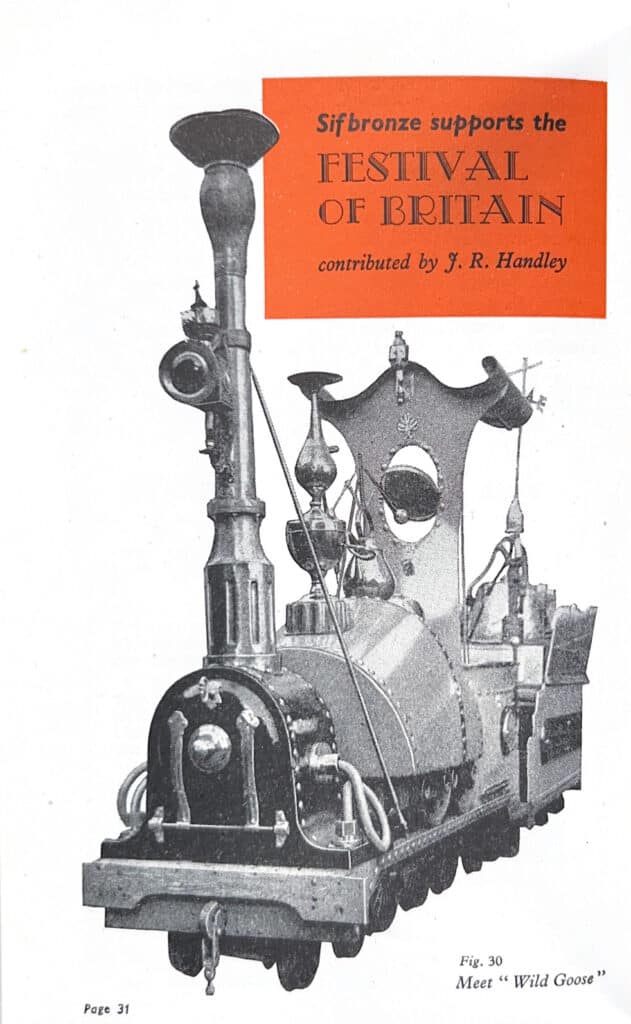
Key Features of the Locomotives:
- Unique Design: Each locomotive was a work of art, combining functionality with a playful aesthetic. For instance, “Neptune” had paddles thrashing the air as it traveled along a waterless track, equipped with a compass, sextant, lifebuoys, and diving helmets.
- Diesel-Electric Power: The engines were diesel-electric, each with 40 horsepower, capable of running on a 15-inch track and hauling approximately 100 passengers through the Festival Gardens.
The Role of Sifbronze
The construction of these locomotives posed several challenges, particularly in joining dissimilar metals and ensuring durability. This is where Sifbronze, supplied by SIF, played a crucial role.
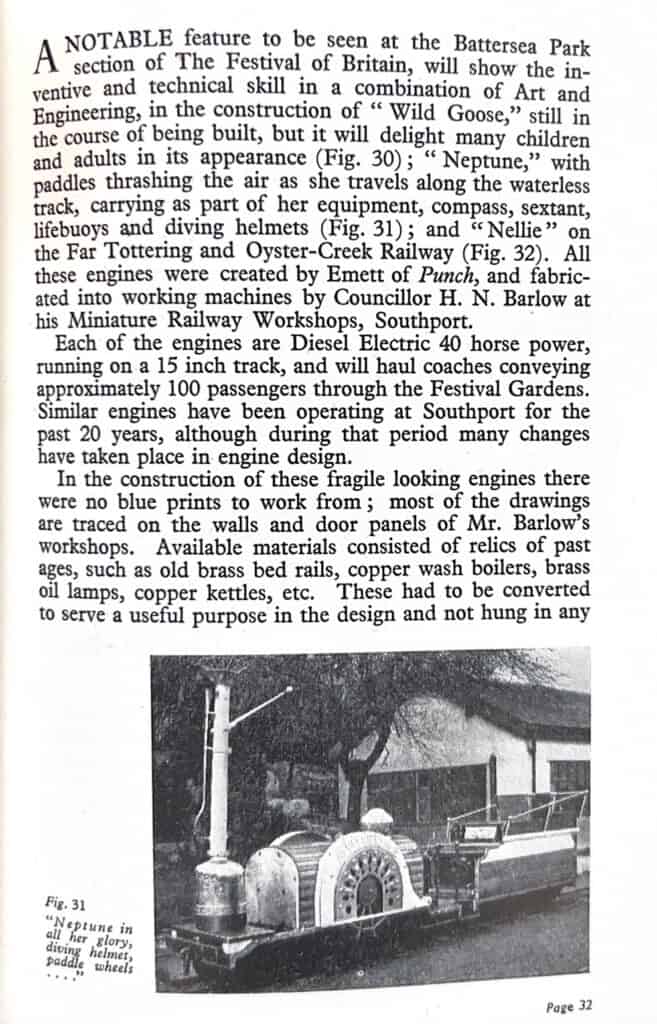
Applications of Sifbronze:
- Joining Dissimilar Metals: The locomotives were made from a variety of materials, including brass, copper, and steel. Sifbronze No. 1 was essential for joining these dissimilar metals, providing strong and reliable joints that could withstand the rigors of operation.
- Ease of Application: Sifbronze welding rods offered ease of application, allowing for precise and clean welds. This was particularly important in the delicate and intricate designs of the locomotives.
- Confidence in Welds: The reliability of Sifbronze ensured that the welded sections were strong and durable. This was critical in maintaining the structural integrity of the locomotives, especially as they carried passengers.
Crafting Without Blueprints
One of the remarkable aspects of these locomotives was that they were built without blueprints. Most of the drawings were traced on the walls and door panels of Mr. Barlow’s workshops. Available materials consisted of relics from past ages, such as old brass bed rails, copper wash boilers, and brass oil lamps. These materials had to be converted to serve a useful purpose in the design and construction of the locomotives.
Use of Sifbronze in Construction:
- Fabrication of Parts: Numerous parts of the locomotives were fabricated using Sifbronze welding. Sifcupron was used extensively on all copper work, where a low-temperature application was necessary.
- Durability: The use of Sifbronze ensured that even under constant use and the vibrations from operation, the joints remained intact. Mr. Barlow noted that a Sifbronze welded joint had never broken down in service.
Endorsement and Legacy
The success of these locomotives at the Festival of Britain was a testament to the quality and reliability of Sifbronze. Mr. Barlow’s endorsement, “Sifbronze is darn good stuff,” encapsulated the confidence that the Miniature Railway Workshops had in the material. The whimsical locomotives brought joy to many children and adults, becoming a memorable part of the Festival.
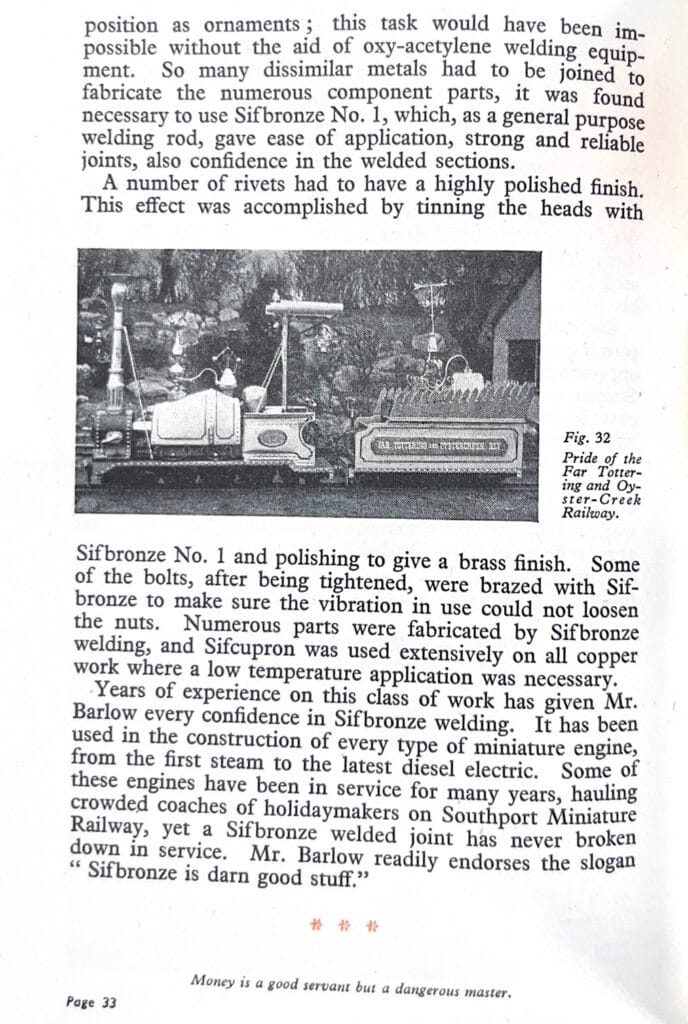
Legacy:
- Engineering Excellence: The use of Sifbronze in these locomotives highlighted the advancements in welding technology and the importance of reliable materials in engineering.
- Cultural Impact: The locomotives not only showcased British engineering but also brought a sense of wonder and delight, contributing to the cultural fabric of the Festival of Britain.
Conclusion
The whimsical miniature locomotives of the Festival of Britain stand as a historical example of how innovative engineering and quality materials can come together to create something truly special. Suffolk Iron Foundry’s Sifbronze played a pivotal role in this success, providing the necessary support to ensure the durability and reliability of these enchanting creations. This case study reflects the ingenuity and creativity that defined the Festival of Britain and the important role of SIF in supporting these endeavors.
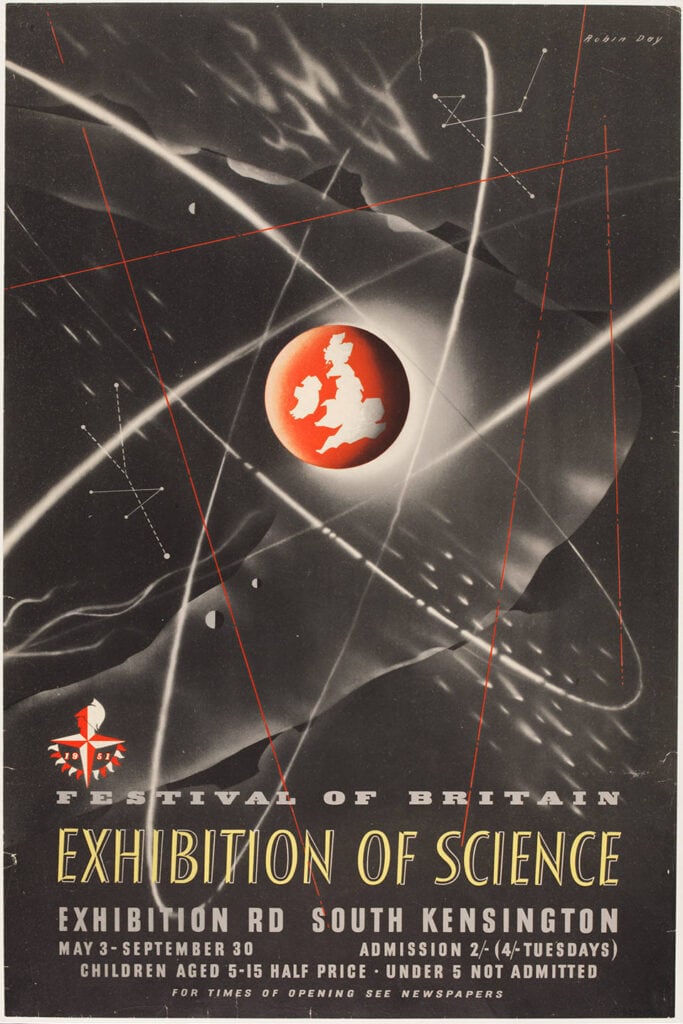
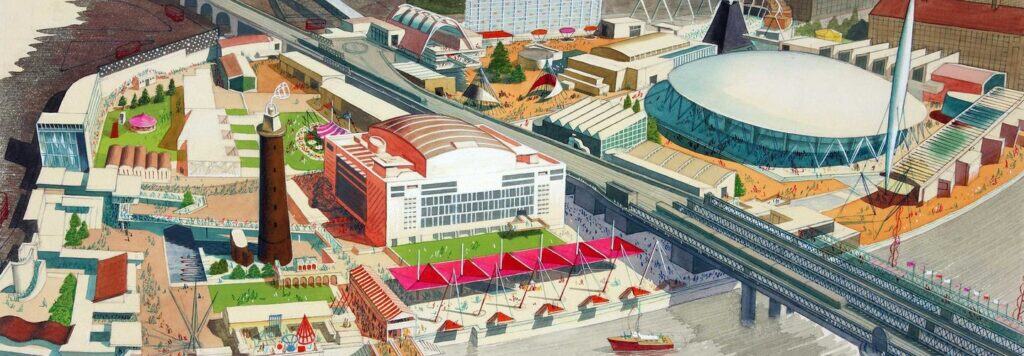
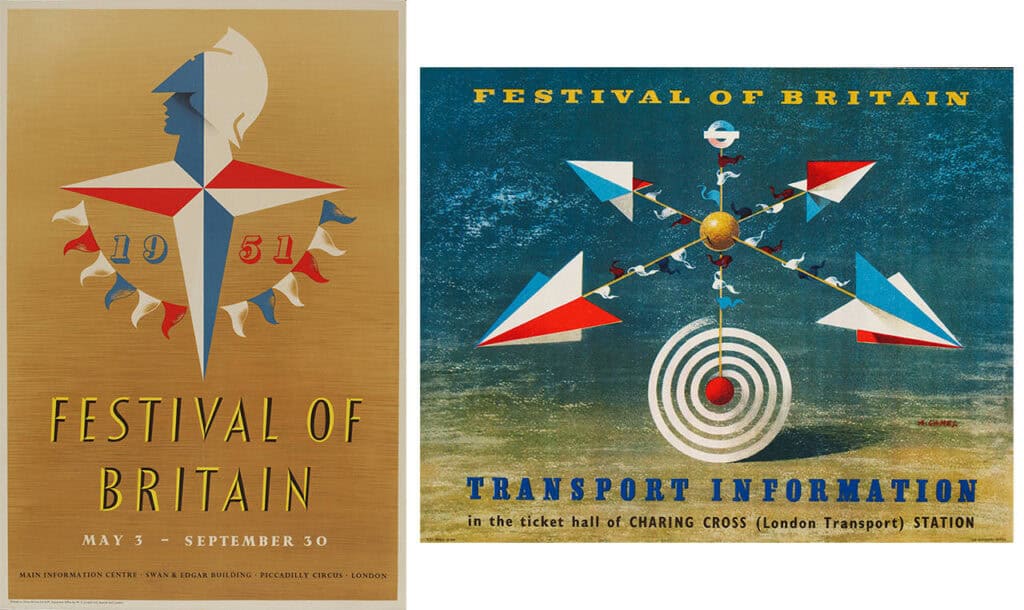
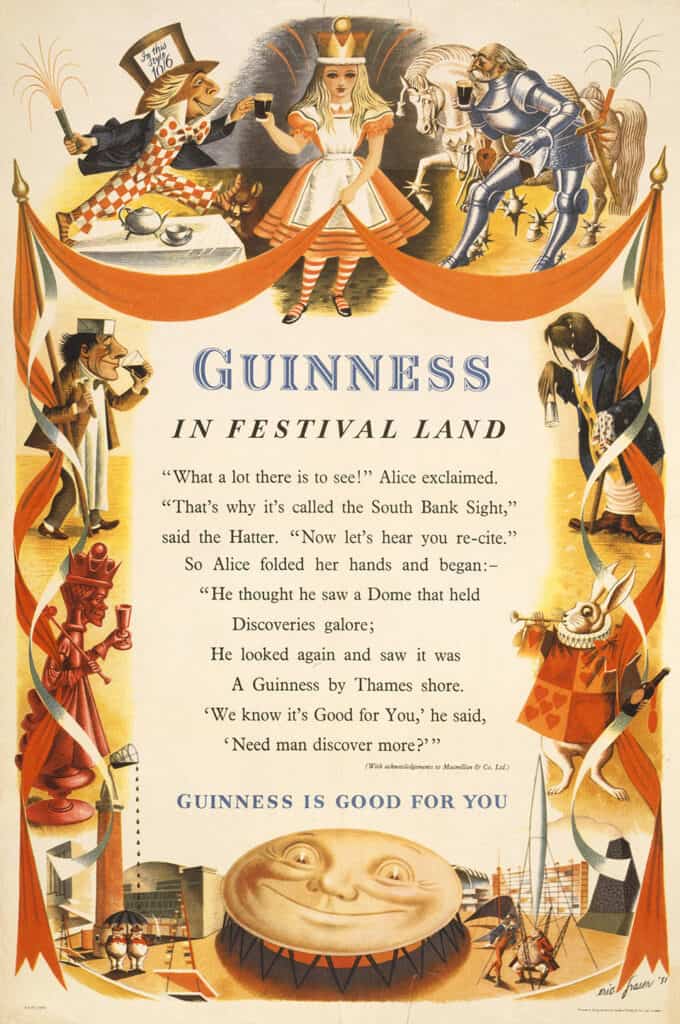
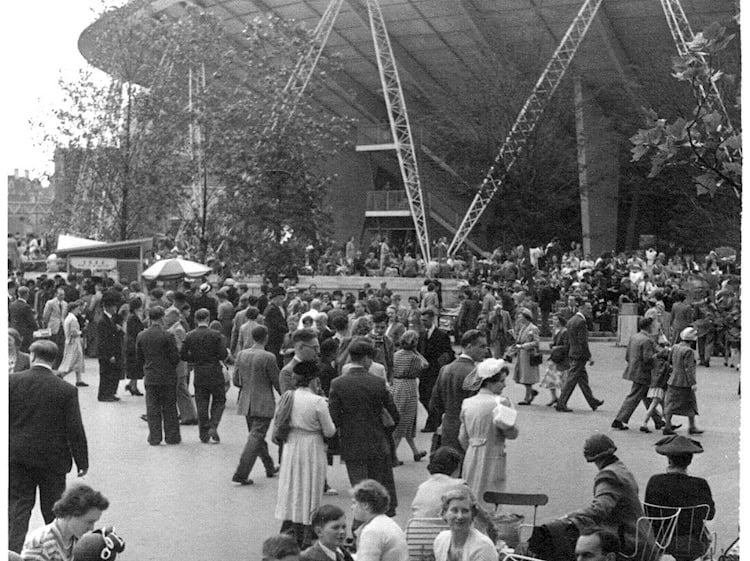
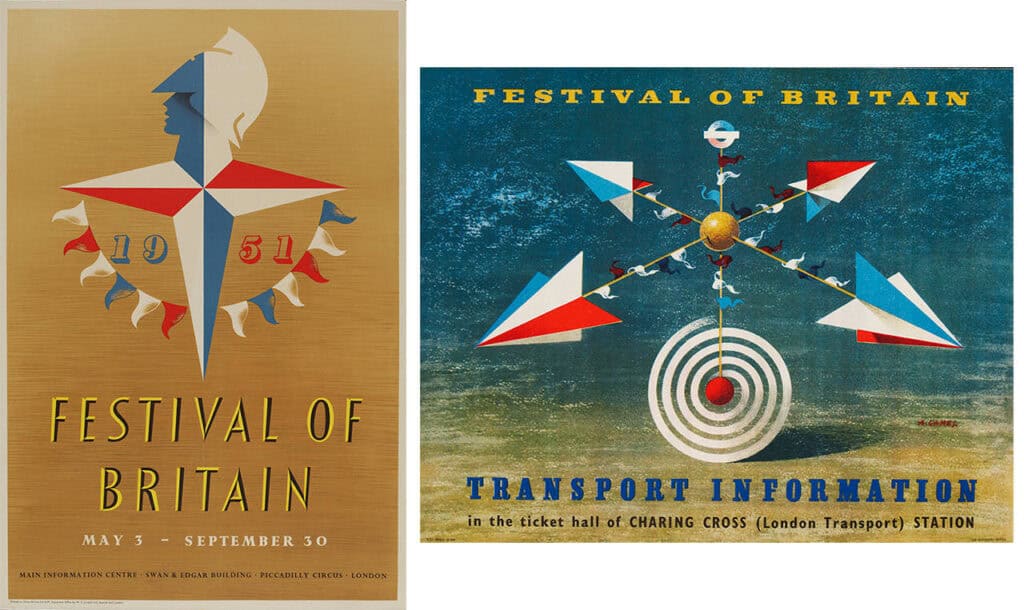
- References –
- Festival of Britain, poster, Abram Games, 1951 – https://www.vam.ac.uk/articles/the-festival-of-britain?srsltid=AfmBOopLughLqqZRcjiDujiJHRm-WqcgVHN3ZUXYOi3RZ0fs1wA9u6OO
- Transport Information, poster, Abram Games, 1951 – https://www.vam.ac.uk/articles/the-festival-of-britain?srsltid=AfmBOopLughLqqZRcjiDujiJHRm-WqcgVHN3ZUXYOi3RZ0fs1wA9u6OO
- Exhibition of Science, poster, Robin Day, 1951 – https://www.vam.ac.uk/articles/the-festival-of-britain?srsltid=AfmBOopLughLqqZRcjiDujiJHRm-WqcgVHN3ZUXYOi3RZ0fs1wA9u6OO
- Guinness in Festival Land, poster, Eric George Fraser, 1951 – https://www.vam.ac.uk/articles/the-festival-of-britain?srsltid=AfmBOopLughLqqZRcjiDujiJHRm-WqcgVHN3ZUXYOi3RZ0fs1wA9u6OO
- The 1951 Festival of Britain – A Brave New World – https://www.youtube.com/watch?v=7Vmzq1s7xgE
- the_festival_of_britain_1951 – https://blog.sciencemuseum.org.uk/the-festival-of-britain-a-meeting-of-science-and-art/
- Festival of Britain Layout – https://beta.nationalarchives.gov.uk/explore-the-collection/stories/festival-of-britain/
- Article Links –
- The Festival of Britain – https://www.vam.ac.uk/articles/the-festival-of-britain?srsltid=AfmBOopLughLqqZRcjiDujiJHRm-WqcgVHN3ZUXYOi3RZ0fs1wA9u6OO
- https://beta.nationalarchives.gov.uk/explore-the-collection/explore-by-time-period/postwar/the-festival-of-britain-1951/
- The Story of the Festival of Britain – https://heritagecalling.com/2021/05/03/the-story-of-the-festival-of-britain/
- The Festival of Britain 1951 – https://thehistorypress.co.uk/article/the-festival-of-britain-1951/
